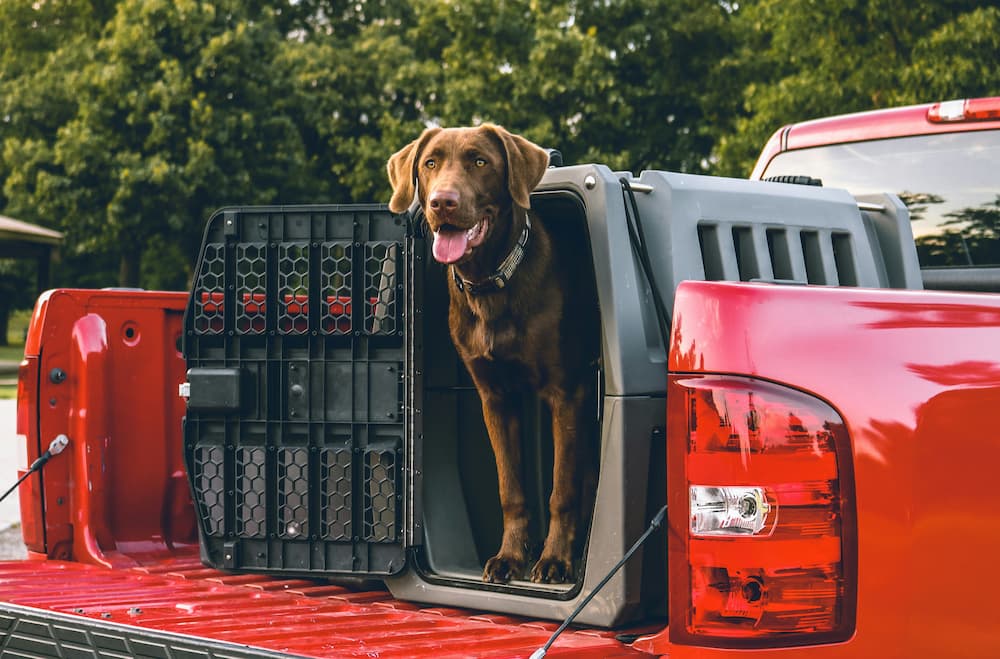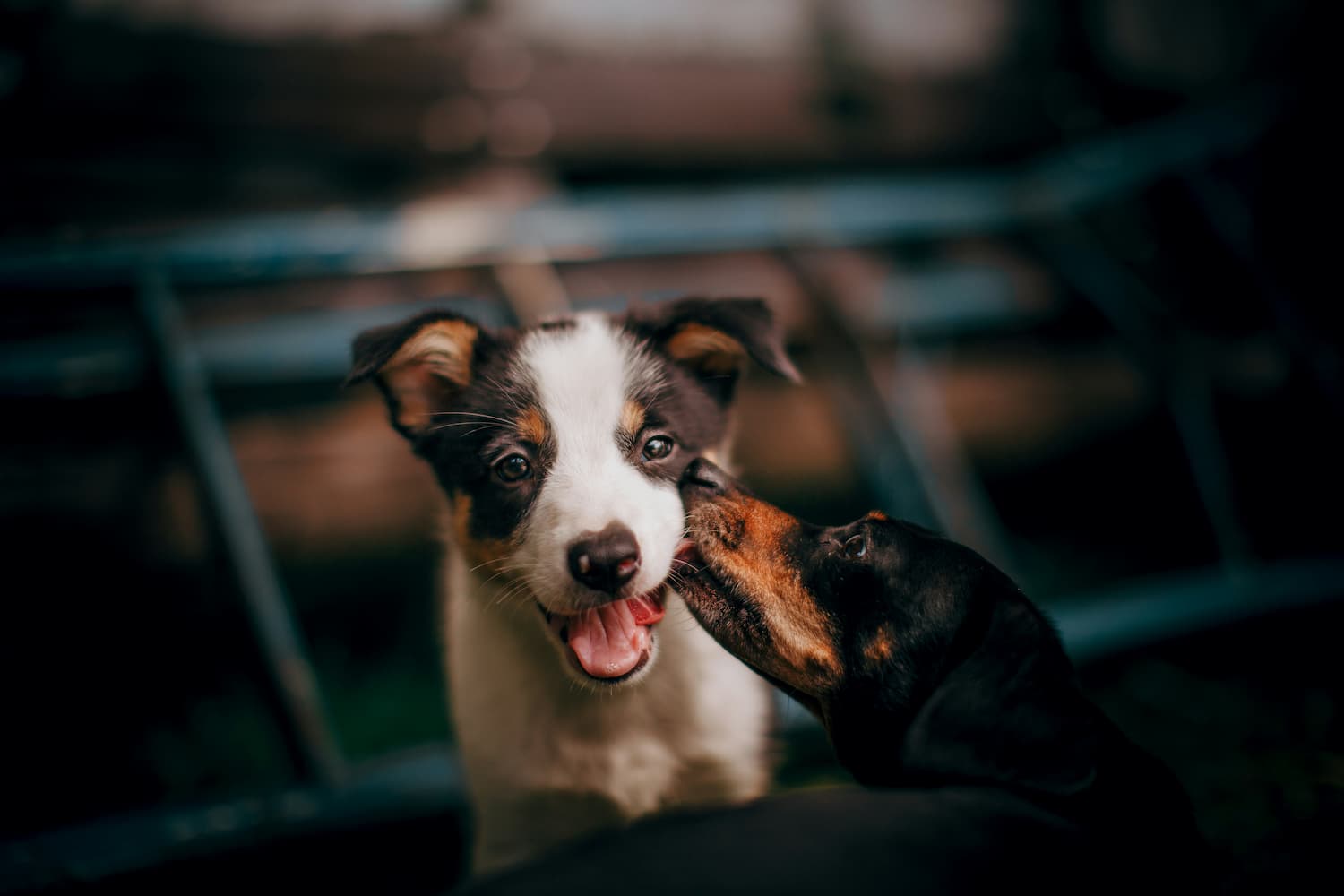Bringing a new canine companion into your home can be a joyful yet nerve‑wracking experience. Whether you’re adding a playful puppy to an existing adult dog or merging two adult dogs under one roof, knowing how to introduce dogs properly is essential for lasting harmony. In this guide, we’ll walk you through how to introduce dogs to dogs, how to get two dogs to get along, and the best way to introduce dogs in a calm, controlled, dog‑friendly manner. You’ll come away feeling confident in your role as a thoughtful pack leader—prepared to support both pups as they get to know one another.
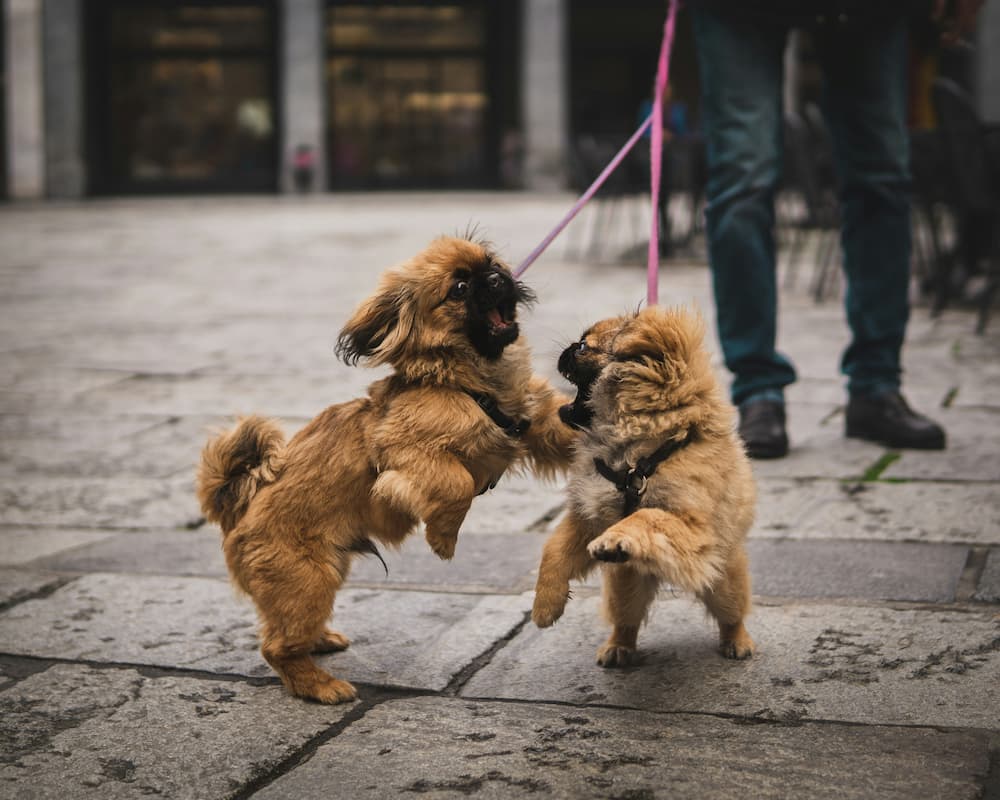
Why Is Introducing Dogs Important?
Introducing dogs thoughtfully isn’t just about avoiding that dramatic growl—it’s about laying the groundwork for friendship, trust, and a lifetime of good behavior.
1. Reduces Stress & Anxiety
Dogs are territorial; without a gradual introduction, your resident dog may see the newcomer as an intruder. A poor first impression could lead to fear-based aggression or resource guarding.
2. Prevents Negative Associations
Sherry Woodard, a behavior expert with Best Friends Animal Society, explains:
“The way you introduce two dogs can set them up to become friends, or it can cause fear from a negative experience that may impact future introductions to other dogs.”
A calm, structured first meeting helps lay a positive foundation—not just between these two dogs, but for all future social situations.
3. Supports Ongoing Harmony
When dogs are introduced properly, they’re more likely to share space, toys, and routines peacefully. That means fewer mid-day tussles and more tail‑wagging moments for your household.
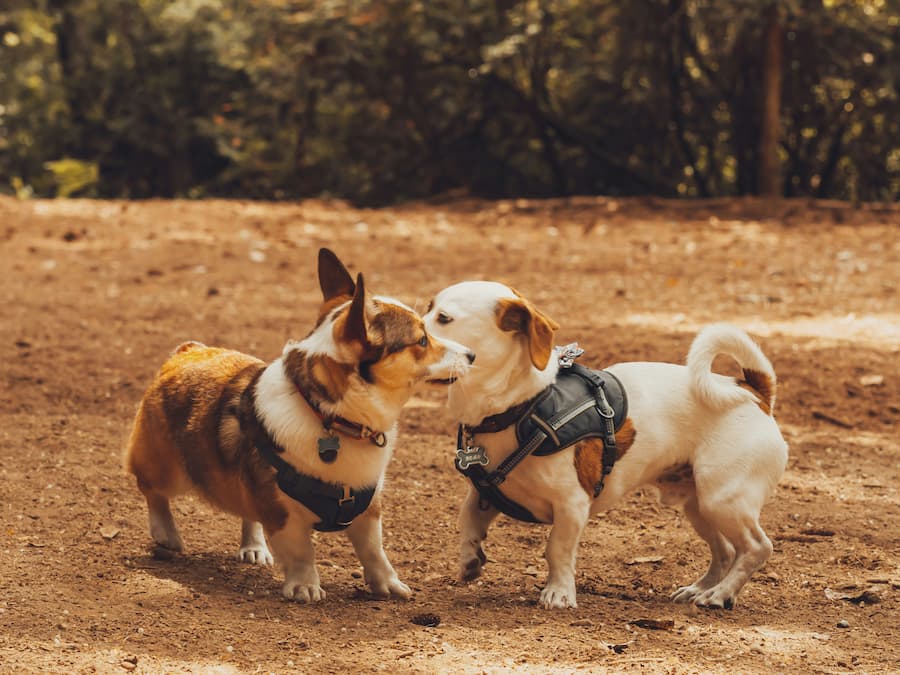
How to Introduce Dogs to Each Other?
Here’s the step-by-step process—the best way to introduce dogs while keeping everyone safe, confident, and positive:
Step 1: Choose a Neutral Location
Avoid introductions at home, which can trigger territorial behavior. Go to a nearby park, an open yard, or a quiet street—any neutral territory where neither dog has a sense of ownership.
Step 2: Walk Side‑by‑Side on Loose Leashes
With two calm handlers, walk the dogs parallel, about 20–30 feet apart. Loose leashes signal confidence. If either dog gets tense or overly focused, widen the distance. Gradually walk them closer as they both relax.
Step 3: Let Them Sniff Briefly
Once calm, allow a loose-leash sniff meeting. Keep your eyes on body language—big clues include brief eye contact followed by relaxed behavior or looking away.
Step 4: Watch for Stress Signals
Signs to pause and reset: stiff bodies, hard eye contact, raised hackles, growling, or lunging. If you see these, calmly increase space and return to walking together. Don’t punish—your calm leadership speaks louder.
Step 5: Encourage Positive Interaction
If both dogs are relaxed, allow loose play—think sniffing, light pawing, play bows. Pause breaks every few minutes to keep excitement levels healthy. Praise calm behavior and de-escalate play with a walk or a treat break.
Step 6: Repeat & Transition Home
If the introduction goes well, repeat walks for a few days. Once consistently positive, transition into your home or yard. Bring them in together, but remove toys, chews, and bowls to avoid resources conflicts.
Step 7: Supervised Live‑In
At first, supervise interactions at home. Crates or separate rooms are fine for breaks. Take note during feeding times—high-value items should be separated until trust is established.
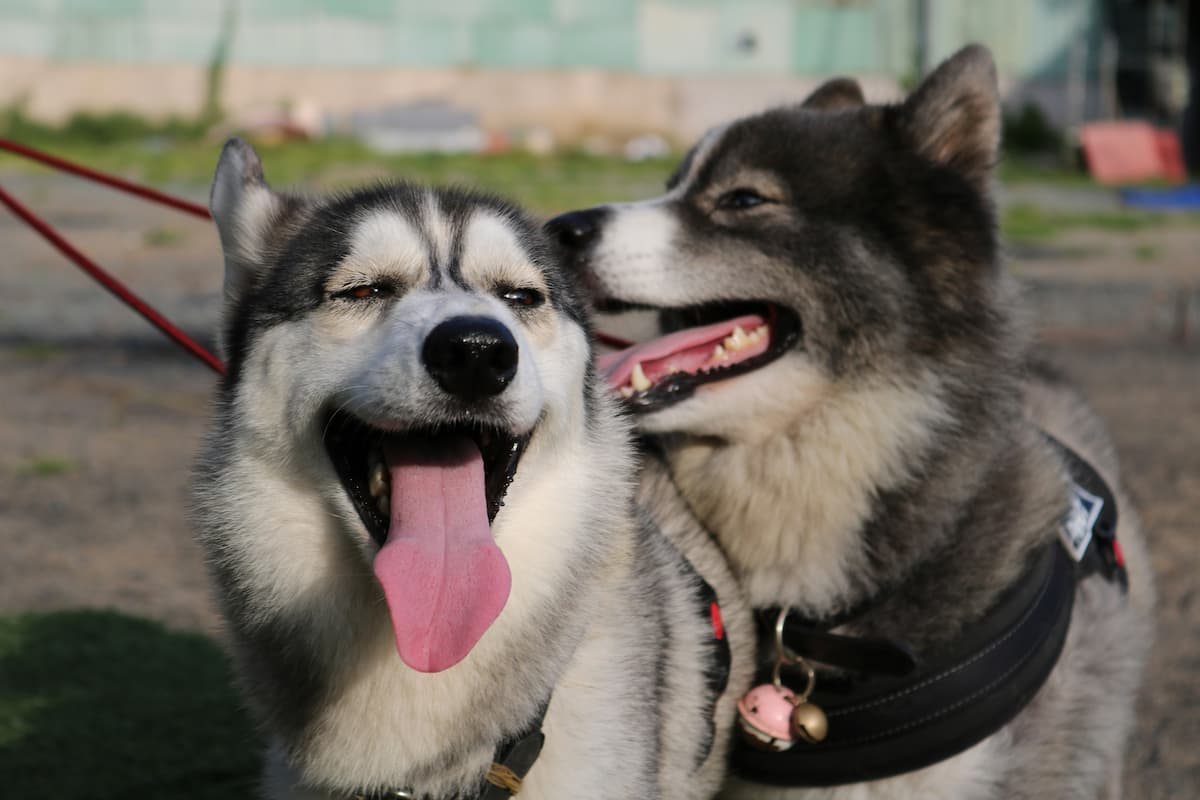
Conclusion
Introducing dogs the right way—on neutral ground, with a calm plan, and respectful pacing—paves the path to trust and friendship. You’ll avoid unnecessary stress and territorial issues while building a positive bond. Using loose-leash walks, monitored sniff sessions, treats, play pauses, and supervision gives your dogs the best chance to become companions. And if things aren’t going smoothly, reaching out for professional guidance shows your commitment to their well-being and safety.
FAQ
How long does it take for dogs to get used to each other?
Most dogs begin showing relaxed body language and friendly behaviors within 2–7 days of a proper introduction. However, full comfort and deep bonding can take 3–6 weeks, depending on personalities and past experiences.
What not to do when introducing dogs?
What are the bad signs when introducing dogs?
Watch for stiff bodies, raised hackles, prolonged staring, growling, or snapping. These signals indicate discomfort or potential aggression. If observed, calmly separate the dogs and revert to parallel walking until both are relaxed.

